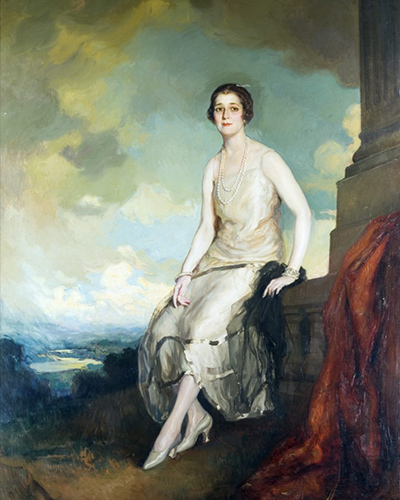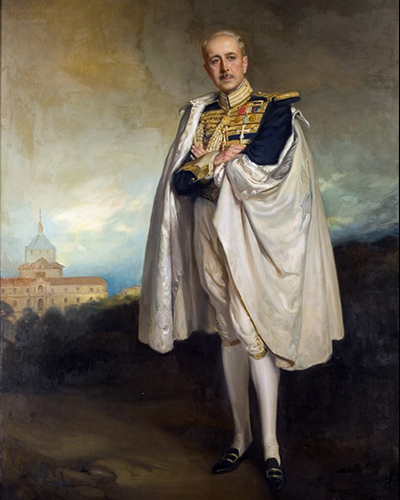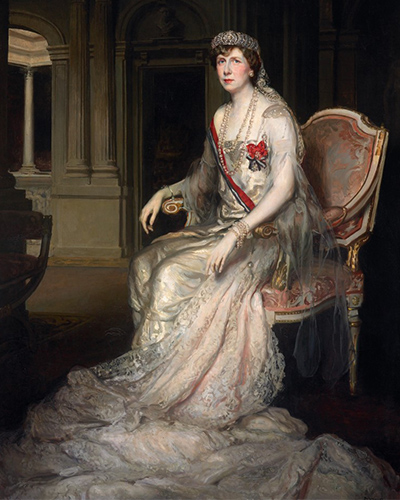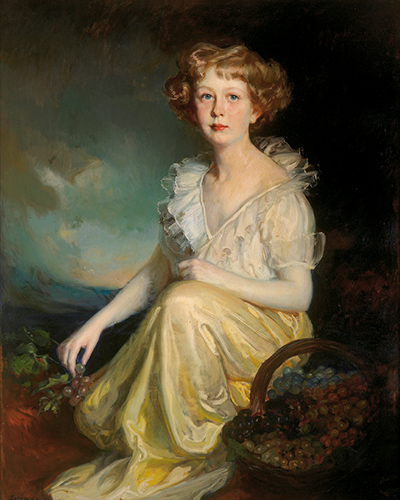Orphaned at the age of three, his childhood was spent in an atmosphere of economic hardship and evocation of his father's military and seafaring pedigree. He left El Ferrol at a very young age to live between El Escorial and Toledo, where he took up painting. After graduating from high school in 1891, he moved to Madrid to become an apprentice in the workshop of the fresco artist Manuel Domínguez. In 1899 he was appointed Pensioner of History at the Spanish Academy in Rome, where he lived for four years and from where, in the company of the painter Manuel Benedito, he travelled all over Europe, his stay in Holland being particularly significant, where he discovered Flemish and Dutch painting and was influenced by the colours and brushstrokes of Franz Hals.
In 1908, after winning several medals at National Exhibitions and marrying the Galician Pilar de Castro, he accepted a post as a teacher of colouring and composition at the Santiago School of Fine Arts and four years later became director of the centre where he established a school. He returned to Spain in 1915, where he divided his time between paintings of Galician subjects and portraits of the court of Alfonso XIII. On the death of Aureliano de Beruete in 1922, he was appointed director of the Prado Museum, a post he held until 1931, a decade in which he combined his institutional responsibilities with a growing production of paintings, particularly portraits of personalities from the world of politics, finance and the aristocracy. A staunch monarchist, at the advent of the Republic he resigned as director of the Prado Museum, returning to it in 1939, at the same time as he was commissioned to collect in Geneva the art treasures deposited there during the war, a circumstance he took advantage of to organise an exhibition of Masterpieces from the Prado Museum which aroused great interest in Europe in Spanish art. He died in Madrid in 1960 while director of the Prado Museum.




